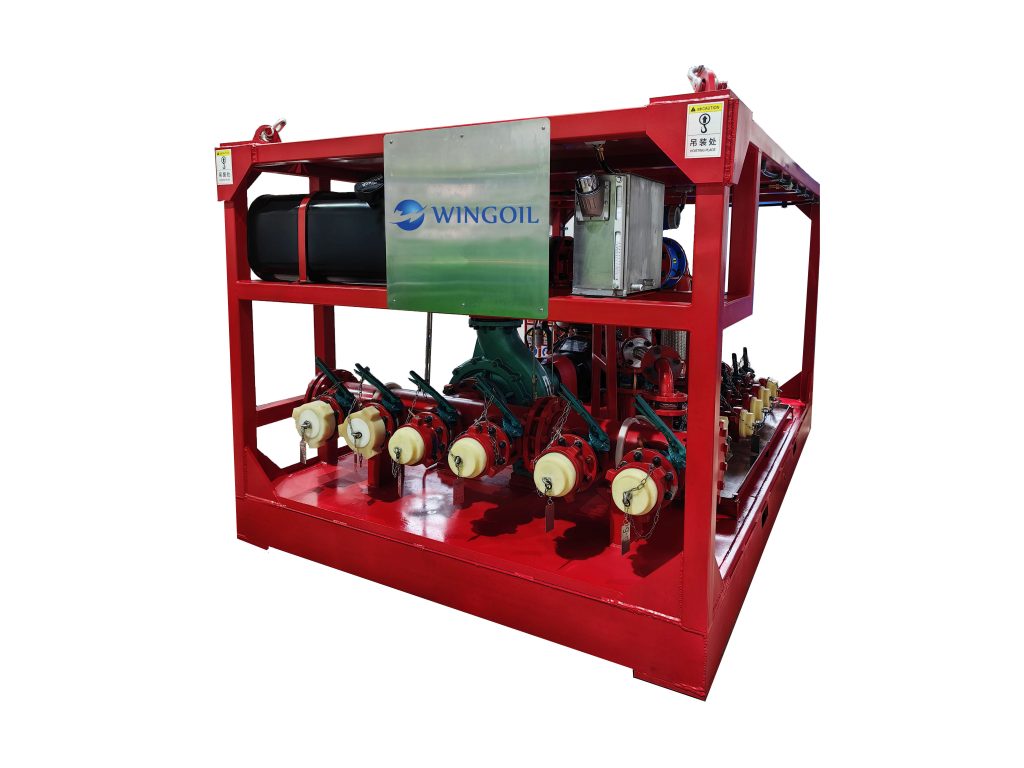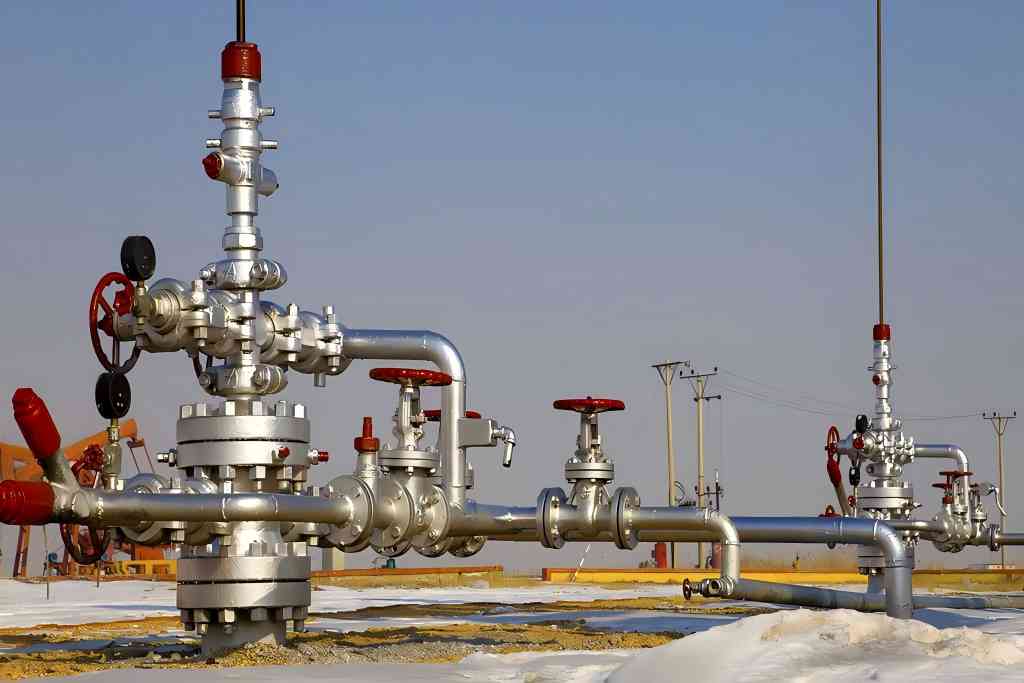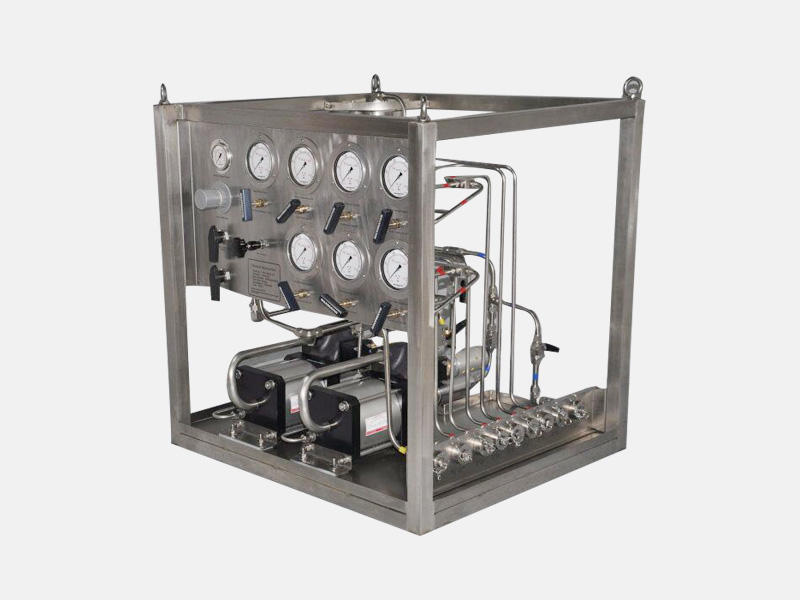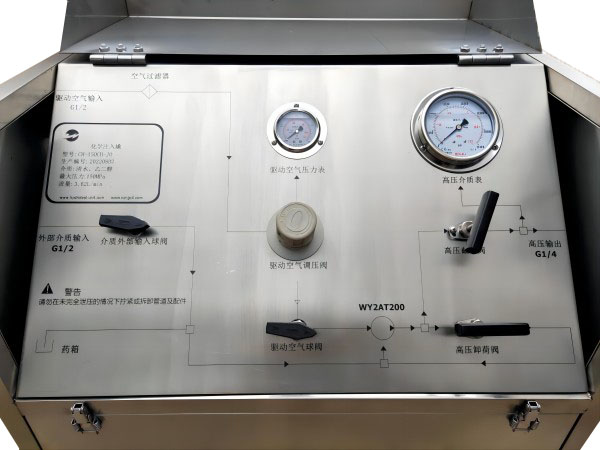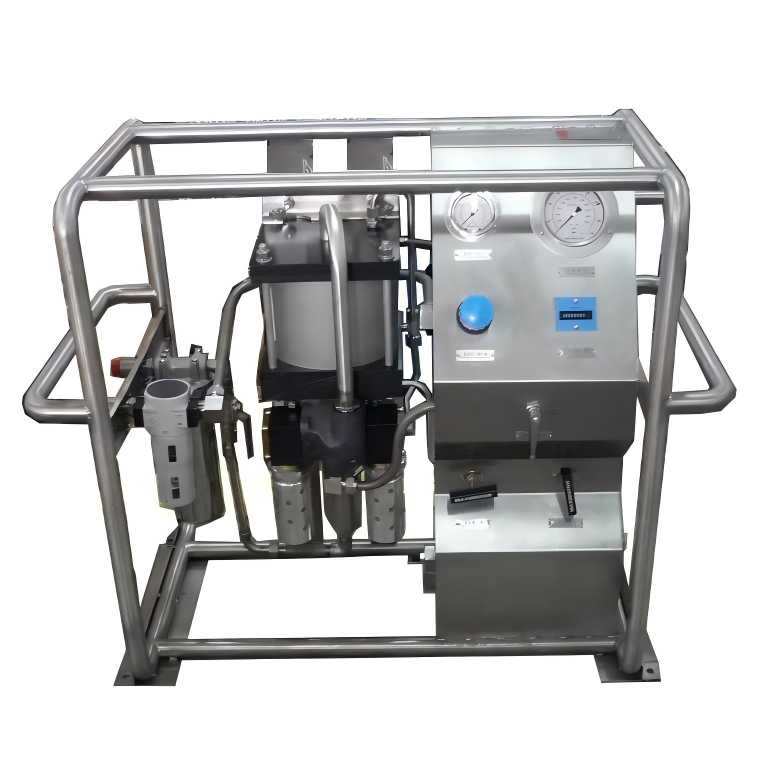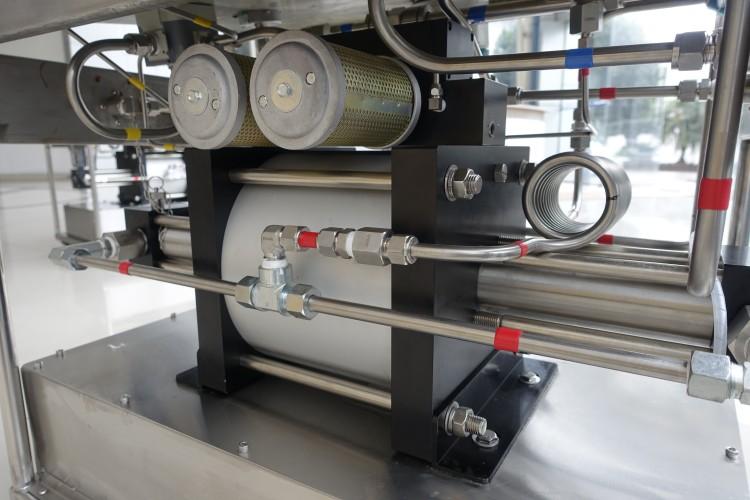Details About Typical Oil & Gas Chemical Injection Processes
Chemical injection systems are being employed by companies in oil and gas to increase production, reduce corrosion, separate oil/gas/water, and many other processes to improve the profitability of all exploration and recovery efforts.
Companies in the upstream oil and gas sector are constantly looking for ways to increase production capacity, boost overall process efficiency, and reduce downtime for equipment, just like in all other industrial and manufacturing sectors.
This article will go over some of the main Oil & Gas chemical injection procedures in more detail, point out some benefits that Chemical Injection offers oil and gas facility owners, and outline the key elements of a chemical injection system.
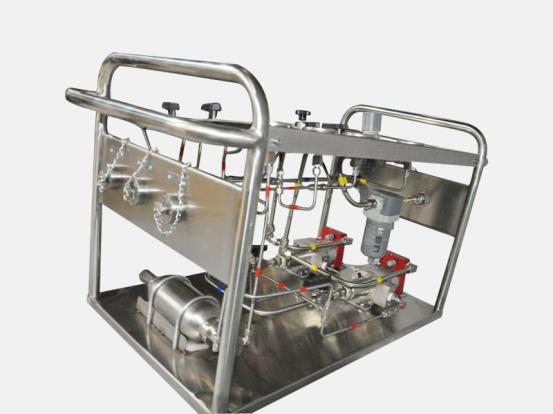
What is chemical injection?
In a chemical injection process, specialized chemicals are added to the oil and gas flow stream or reservoir to carry out particular procedures. The specialized chemicals may be injected into the flow stream of produced oil and gas at the wellhead or may be injected through an annulus deep within the oil and gas reservoirs.
Production well flow chemical injection system
Specialty chemicals injected into a produced oil & gas well stream can be used to improve separation, reduce foaming, and reduce corrosion. Many other applications also exist. Normally, these chemical injection systems include tanks, metering pumps, instrumentation, piping, and controls skid mounted for easy installation.
Benefits of chemical injection in oil and gas
Using a chemical injection system to assist oil and gas recovery has various benefits including:
Cost-effectiveness
Portability
Instrumentation and safety shutdown valves prevent harm to operators and machinery
Decreased repair downtimes
Safe deployment in hazardous environments
Easy installation and maintenance
Enhanced Oil Recovery: Chemical injection systems can be deployed in a variety of Enhanced Oil Recovery applications onshore and offshore. These chemical injection systems inject viscosity enhancers to increase a reservoir’s sweep, which boosts oil and gas recovery. These chemical injection systems are typically placed near the locations where water is injected.
Main components of a chemical injection system in oil and gas
The many parts of a fully working chemical injection system work in concert to maximize production in the oil and gas sector. The elements listed below are frequently present, though there may be changes based on end-user demand.
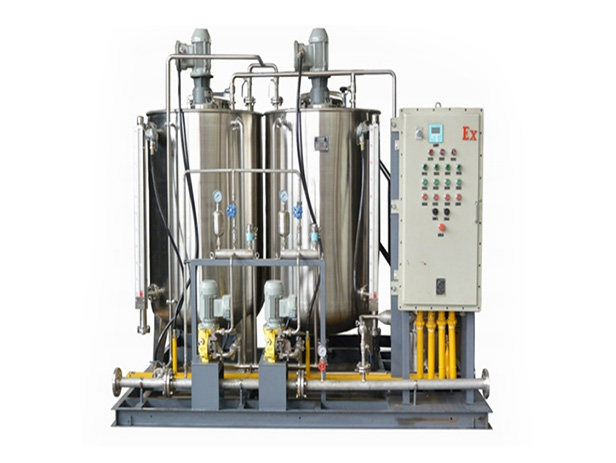
Chemical Injection Storage Tanks
Storage tanks are necessary for the chemical injection process in the oil and gas industry. The essential chemical solutions needed to increase oil recovery, lessen foaming, promote separation, and prevent channel corrosion are kept in these vessels. These tanks can be created specifically to the needs of the end-user and take available space into account. Tank constructions come in a variety of shapes, such as square, rectangular, and cylindrical variations.
Metering Pumps
Pumps that deliver chemicals into the desired oil deposits are equally crucial to chemical injection systems. For optimum performance, injection pumps maintain a constant flow of chemical solution over a wide range of pressures. Chemical injection pumps can be powered by electric motors, pneumatic systems, or solar energy and come in a plunger, diaphragm, and double diaphragm types.
Instrumentation
Instrumentation is necessary for all chemical injection systems to track crucial system metrics. Suction tank level, metering pump flow rate, metering pump discharge pressure, pulsations, and temperature can all be measured using standard instruments. Metering pumps and multiple injection rate control devices (IRCD), which separately meter the injectable chemicals at each injection point, can be used to manage multiple injection points.
Skid-mounted equipment keeps track of and logs injection system operating conditions. By performing automatic shutdowns, these machines also assist in anticipating and avoiding undesirable circumstances. Chemical injection systems may also have manual shutdown valves and built-in alarms in addition to automatic fail-safes.
Suction/Discharge Piping & Valves
The chemical injection package has suction pipes and manual valves installed to transport the specialty chemical from the storage tank to the metering pump. The high-pressure chemical is also transported from the metering pump to the skid edge via discharge pipework and manual valves, from where it is directed to its final injection position. The entire chemical injection package includes hardware parts like ball valves, gate valves, check valves, calibration columns, etc.
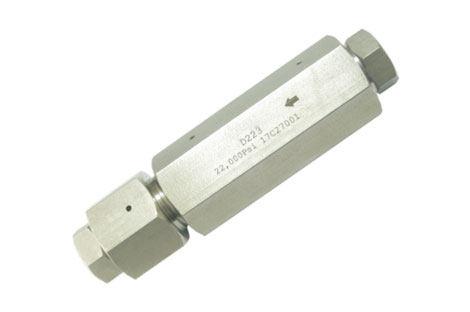
Skid Compatibility
Skid-mounted chemical injection systems are the norm. When used with a steel skid mount, the system can be safely transported and operated while getting structural security during ordinary operations. Your needs for chemical dosing and injection can be met by several solutions from process skid manufacturers like WINGOIL.
Wingoil provides a chemical injection system
At WINGOIL, we are dedicated to providing you with the most efficient chemical injection system. For project operators looking to gain a competitive edge in the oil and gas industry, WINGOIL is the right fit.
Contact us online today for a quote or to learn more about the oil and gas industry solutions we provide.

